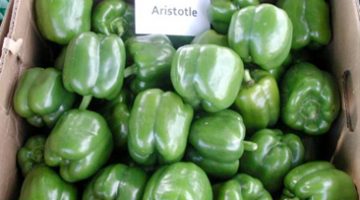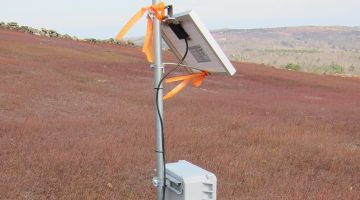Identifying Profitable Vegetable and Small Fruit Varieties for Maine Farmers – 2016
Maine has a large and diverse group of vegetable and berry growers that farm in excess of 11,000 acres and are responsible for over 20 million dollars in annual gross revenue. Surveys in 1999 (Handley) and 2001, 2007 (Hutton) indicated that the members of the Maine Vegetable and Small Fruit Growers Association rank varietal evaluation […]
Read more

